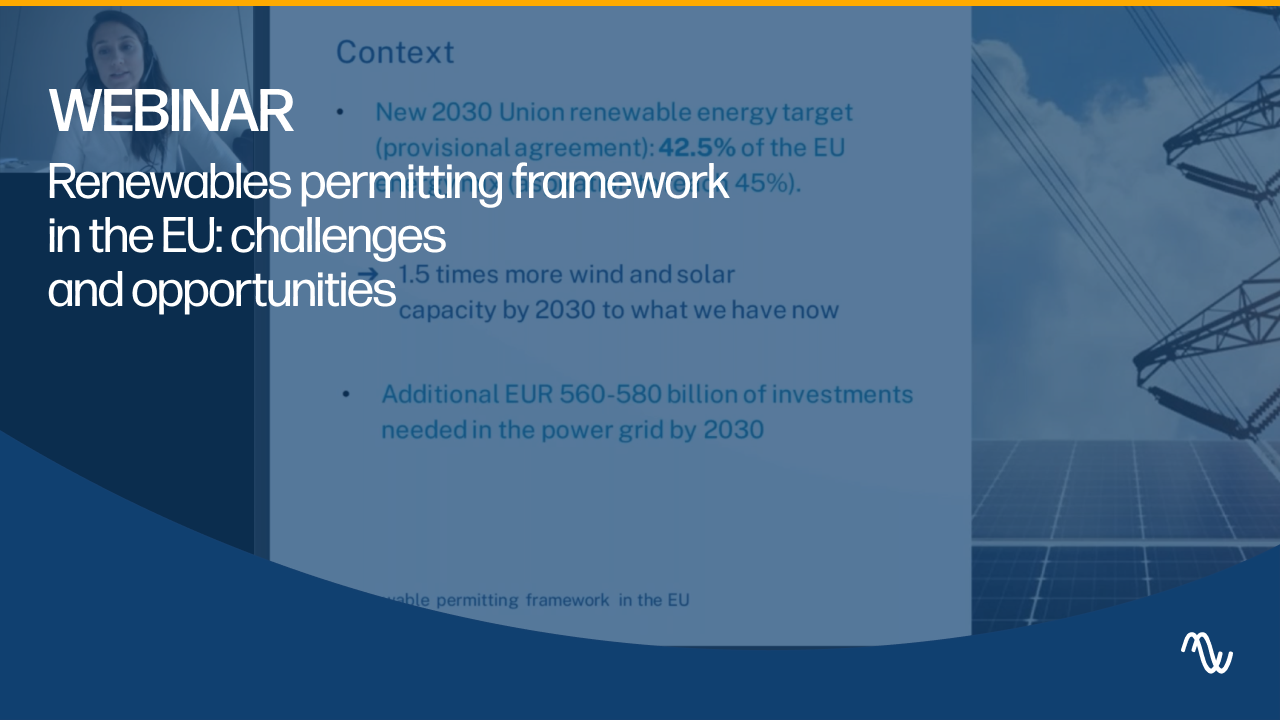- Solar energy blog
- A brief history of solar energy in France
A brief history of solar energy in France
Ignacio Granda
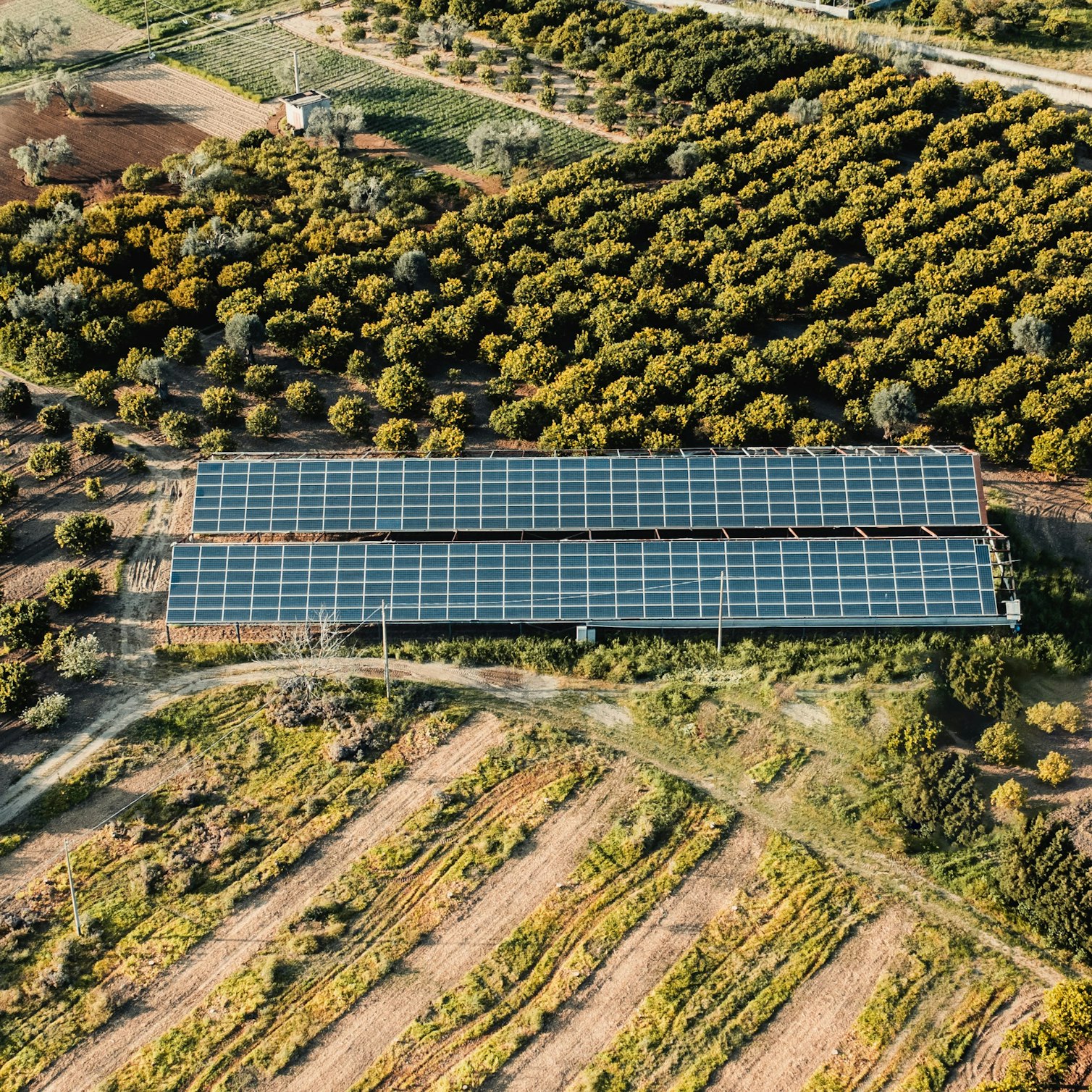
Content
Solar photovoltaics (PV) is an integral part of the world’s energy transition to clean energy. Its popularity is increasing, and signs indicate this trend will continue. Many European countries are going down this path, and although France was late to the party, they have started to pick up the pace in recent years.
Want to discover the trends that are shaping the renewables landscape in 2023? Download our Renewable Energy and Solar Research 2023 Report to learn more about what industry experts predict for the future of solar as well as analysis into data from 9.47 TW worldwide solar simulations on RatedPower platform.
Let’s look at some of the biggest milestones in the development of the solar energy sector in France.
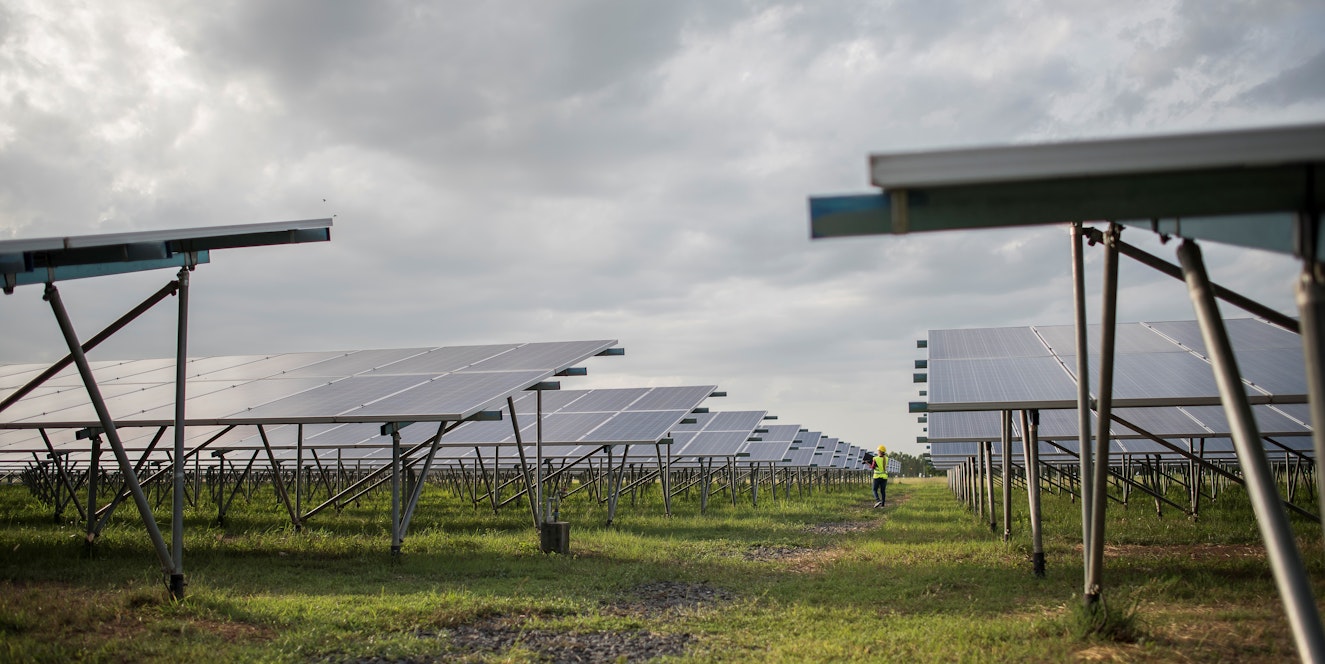
The invention of photovoltaics and solar panels
The genesis of photovoltaics, the technology driving solar energy, is credited to a Frenchman. French physicist Alexandre-Edmond Becquerel first observed the photovoltaic effect in 1839. Becquerel discovered that certain materials could generate an electric current when exposed to light, a remarkable insight that formed the cornerstone of PV technology.
Fast forward to the 1950s, the photovoltaic baton was passed on to Daryl Chapin, Calvin Fuller, and Gerald Pearson. These pioneers were responsible for creating the first practical solar cell in 1954, propelling the technology further. It was then in the early 1980s that the first solar field, aptly named the Solar Energy Generating Systems (SEGS), was built in the Mojave Desert in California, USA.
Things have moved forward since then, and today researchers are exploring new materials like perovskite for use in solar panels. This material is affordable and simplifies manufacturing processes, making solar energy more accessible. Advancements in energy storage solutions are also in full swing with the goal of making the process more efficient.
A slow start for solar in France
As we leap forward in time, the early stage of France’s solar journey unfolds at a somewhat sluggish pace. It wasn’t until 2008 that France earnestly began installing PV capacity. Things went well, and between 2009 and 2011, France’s PV capacity skyrocketed with a tenfold increase.
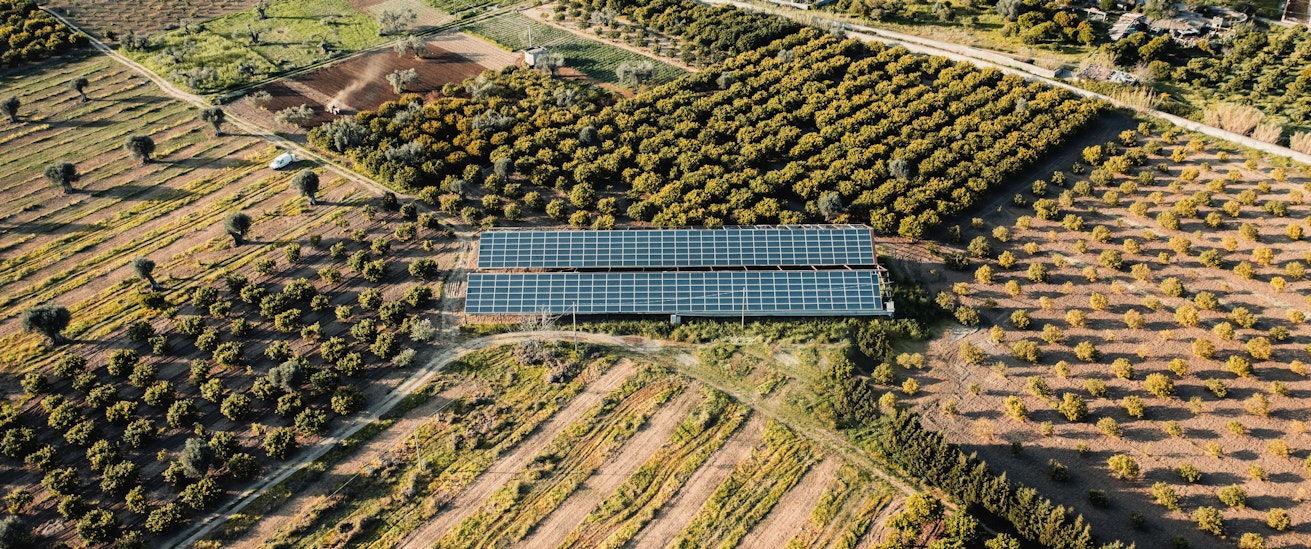
That said, this figure requires a bit of perspective. This growth, while impressive, was from a modest starting point. This meant that the overall PV capacity in France remained relatively small, and the stagnation didn’t go unnoticed.
In 2014, the European Photovoltaic Industry Alliance (EPIA) voiced its criticism, pointing out the French government’s lack of support for PV installations. This critique served as a wake-up call for France.
Following the criticism, the French solar association, SOLER, stepped up. SOLER didn’t just request additional governmental backing but took an aggressive approach. In Spring 2014, they submitted a comprehensive five-point plan laying out the steps to boost France’s solar sector. The gears of change had begun to turn.
The PV ball begins to roll
Now things really started to change. France began taking a proactive approach, and by the end of 2015, the country had installed an impressive 6.6 GW of PV capacity. This translated to energy production of 6.7 TWh per year, a significant contribution to the energy needs of many homes.
France’s solar prowess didn’t go unnoticed on the global stage. By the close of 2015, it had claimed the 7th spot worldwide for installed PV capacity. Adding to this feat, they installed an additional 903 MW capacity within the year. The ball had started rolling for France’s solar energy sector, and there was no sign of it stopping.
Becoming leaders in solar energy, France turn into one of the EU’s biggest producers
By 2016, France had carved out its space as a formidable European solar energy leader. It proudly stood as the 4th ranked country in the European Union for installed PV capacity. That year alone, they added an estimated 560 MW to their solar strength.
A significant part of this growth was driven by the completion of their largest solar park to date, the Cestas Solar Park. Located near Bordeaux, the Cestas Solar Park was built in 2015, boasting an installed capacity of 300 MW.
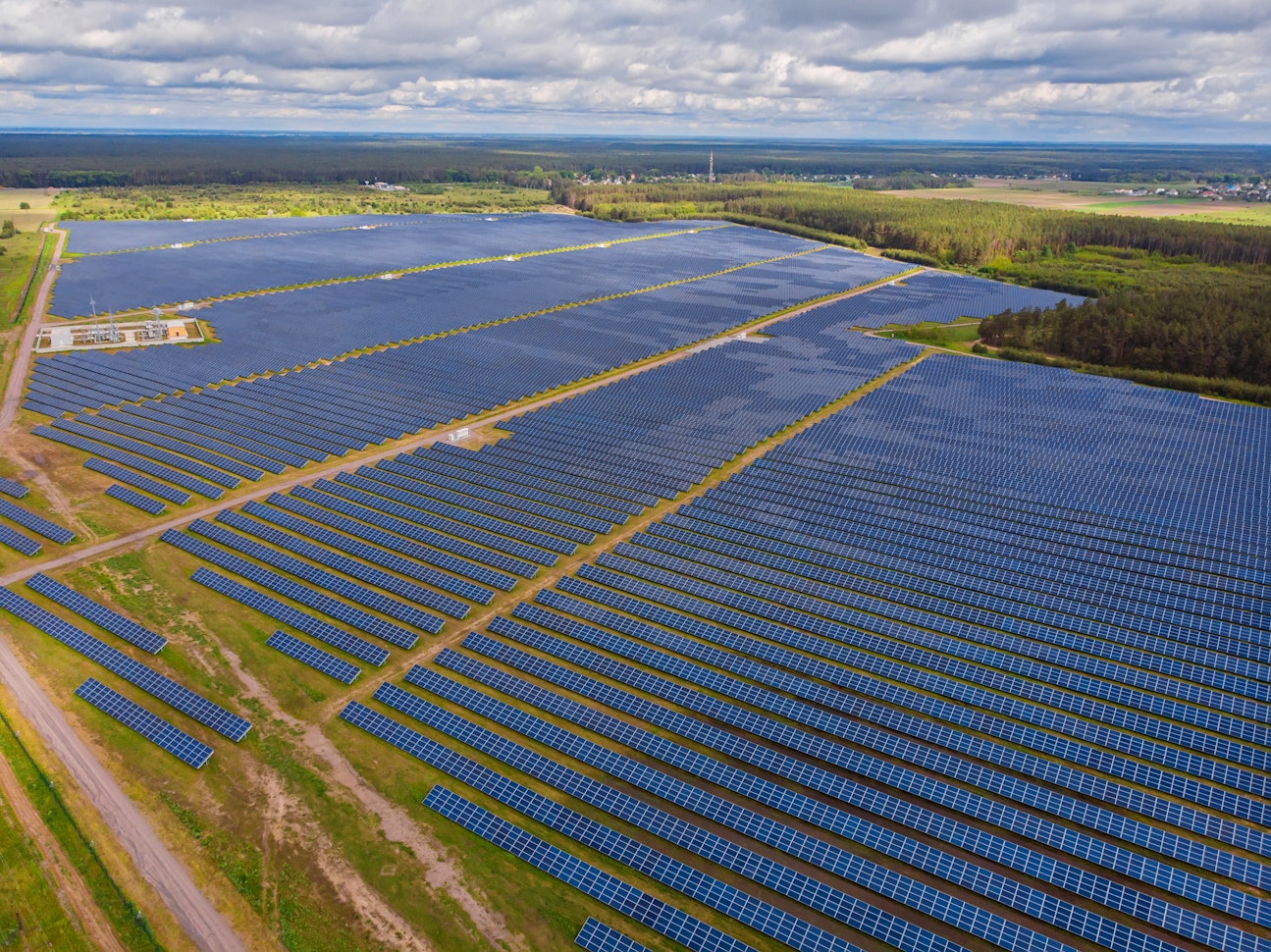
This energy giant was the brainchild of Neoen, who hold 40% of the shares, and a consortium involving Eiffage, Clemessy, Schneider Electric, and Krinner. A hefty €360 million investment financed the importation of 983,500 PV modules from China and Canada. It produces approximately 355 GWh of energy annually, feeding the power grid at a competitive rate of €105 per MWh.
France’s solar landscape isn’t dominated by just one park, however.
Other significant projects include the Toul-Rosières Solar Park, once the world’s largest solar project at the time of its construction in June 2012. Other large projects include the Gabardan Solar Park, known for its innovative combination of fixed and rotating solar PV modules, and the Les Mées Solar Park, nestled in Southern France. The latter sits on a plateau that receives high levels of solar radiation and clean air with low dust levels, creating a great environment for producing electricity.
At the same time, solar energy was gaining momentum across Europe, too. Spain’s Nunez de Balboa solar power plant, emerged as Europe’s largest in 2020, with a 500 MW capacity. France, along with Spain, Germany, and the Netherlands, was leading the European charge in solar growth.
Want to learn more about the European Commission's measures to respond to rising energy prices, the EU's dependence on fossil fuels, and barriers to permit-granting in EU countries, Norway and Iceland?Then tune in to our webinar: Renewables permitting framework in the EU: challenges and opportunities, where Marta Andrés, Legal, and Policy Officer for Renewables and Energy System Integration Policy at the EU Commission, and Marián Aúz, AE at RatedPower, share valuable insights on navigating the permit process for your renewable energy projects.
A look a the future of solar energy in France
Looking ahead, the French solar landscape promises to be vibrant and transformative. EDF, a French energy giant, announced plans in 2018 to pour €25 billion into PV power generation. Their objective is to develop an impressive 30 GW of solar capacity in France between 2020 and 2035.
French oil titan TotalEnergies isn't far behind. They've bought a 20% stake in Adani Green Energy, one of the world’s largest solar developers, indicating their intentions to invest more heavily in PV.
The company launched its largest photovoltaic solar power plant in France in 2021, located northeast of Gien (Loiret). This 75-hectare, 55 MW solar farm is expected to churn out around 64 GWh per year, equating to the annual electricity consumption of 38,000 people.
There are other exciting projects on the horizon, too. ENGIE Green's massive solar farm in the Île-de-France region is set to produce in excess of 21,000 MWh annually and will supply electricity to 10,000 people.
There has also been an interesting legislative move by the French Senate that could see solar canopies becoming a common sight in France's car parks. The mandate was enacted in July 2023 and requires car parks with 80 spaces or more to install solar panels on at least 50% of their surface area.
These future-forward strategies reflect France’s ambition to capitalize on already developed land and adopt dual-use solar farms. They signal a dynamic shift in energy production that will place France as one of the world’s leaders in the global solar energy revolution.
Discover more news, insights, and information about everything solar; check out the RatedPower resources page!
Latest stories
Related posts
Market analysis
Powering through the peak: Why solar + storage is gaining momentum in MENAT
Discover how MENAT is building a functioning solar economy and why rising peak demand during extreme heat is squeezing its energy architecture.
Updated 11 DEC, 25

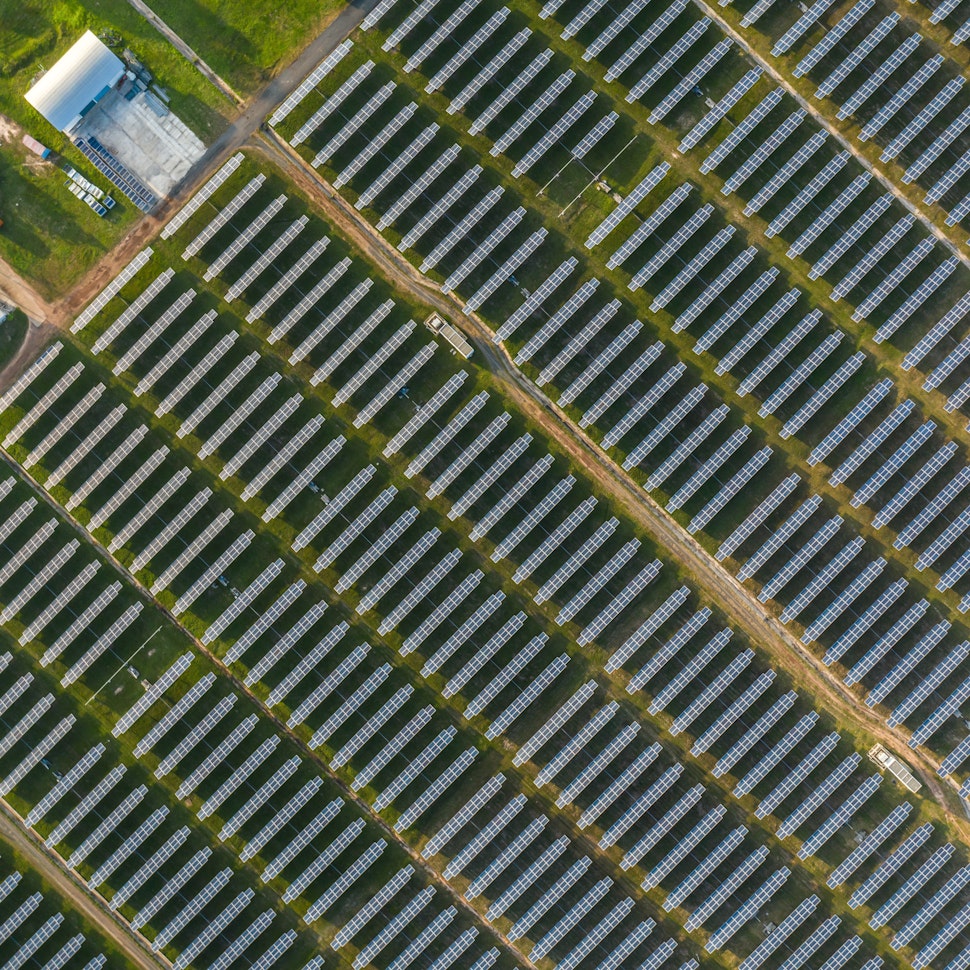
Market analysis
The rise of utility-scale PV + storage plants in Italy
Discover how Italy’s latest policies and auctions are driving utility-scale solar and battery storage projects to meet ambitious 2030 targets.
Updated 4 DEC, 25

Market analysis
From sun to socket: What Iberia’s grid needs to handle 2030 renewable targets
Discover how Spain and Portugal are upgrading their grids to meet ambitious renewable targets and prevent future blackouts.
Updated 25 NOV, 25
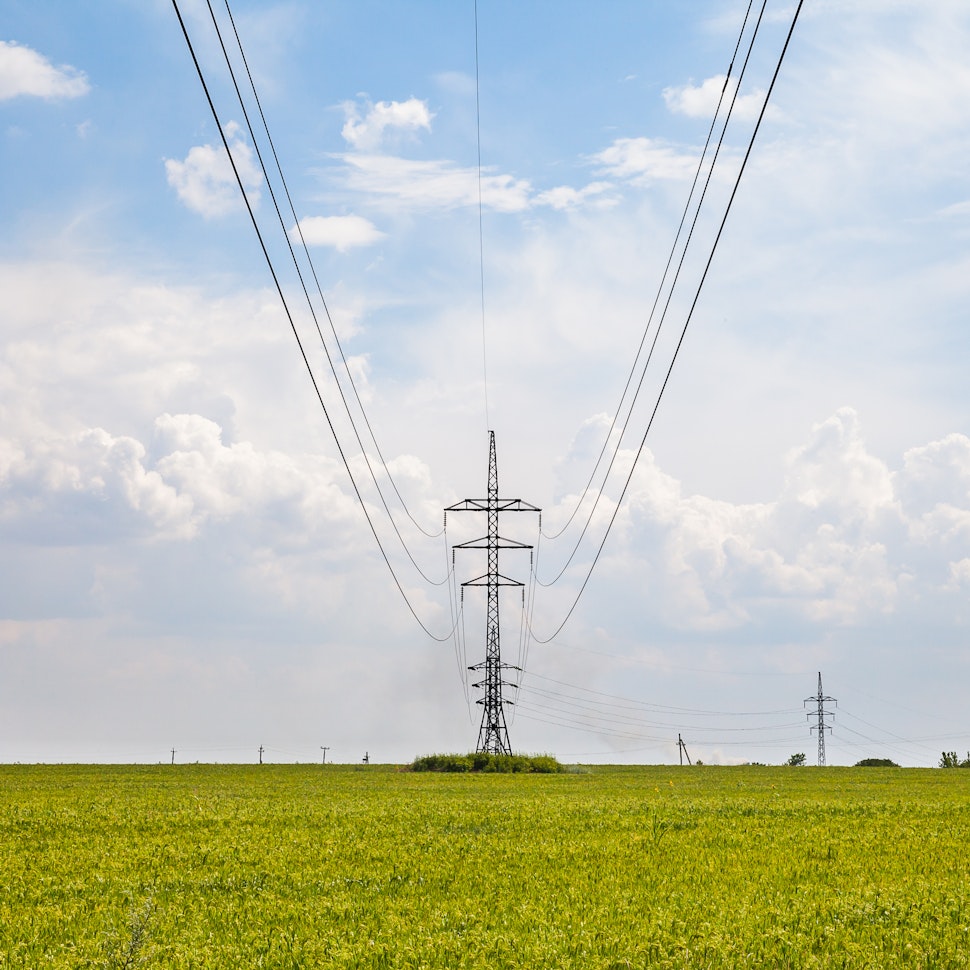
- RatedPower
- Solar energy blog
- A brief history of solar energy in France
 Watch a demo
Watch a demo Ask our AI Product Expert
Ask our AI Product Expert